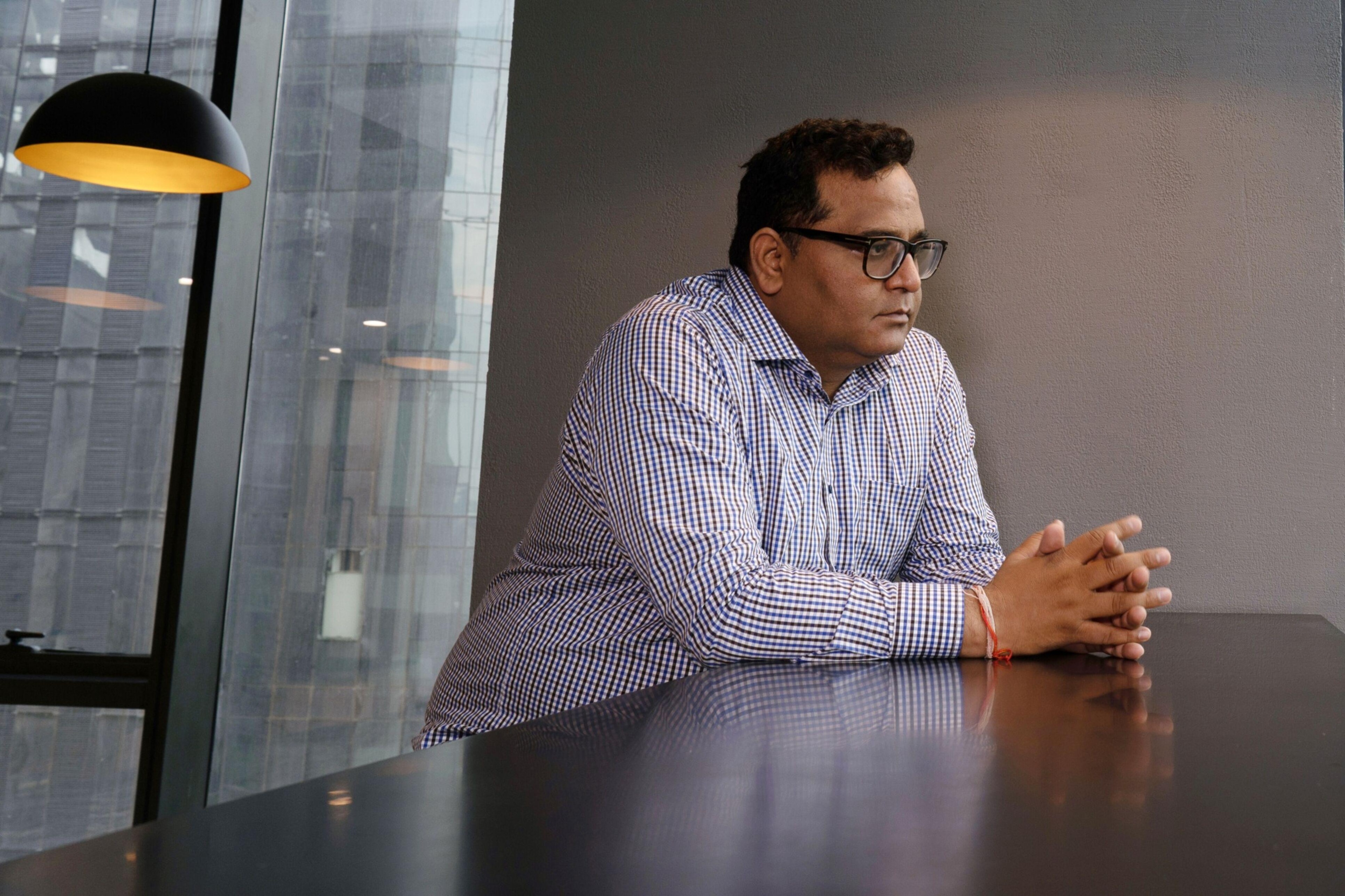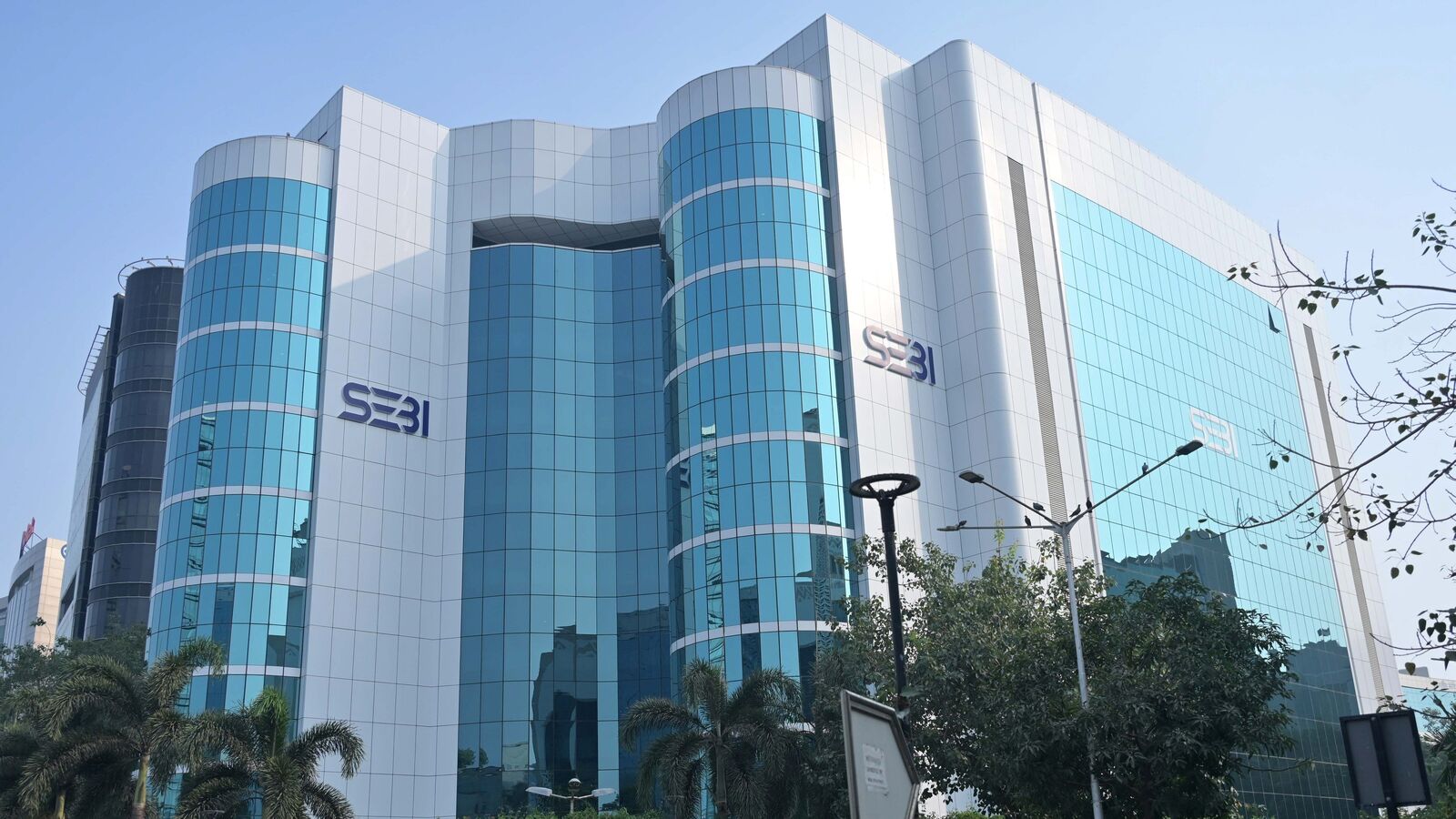
India’s market regulator has asked the country’s asset managers to give investors more information about the risks associated with their small and mid-cap funds, according to a fund manager and two people with knowledge of the matter.
Small and mid-sized funds have seen high inflows, causing concern among authorities about how they would hold up in the event of a sharp market selloff. The Securities & Exchange Board of India (SEBI) has also been reviewing stress tests conducted by such funds, sources have previously said.
The funds are being asked to disclose how long it might take to accommodate large redemptions, what impact large outflows could have on the value of the portfolio and how much cash and liquid assets the fund holds to meet outflows, the people said.
“Investment committees were always aware of liquidity challenges but investors were not. Once this information is available to them, they can compare each fund,” said Harsha Upadhyaya, chief investment officer at Kotak Mutual Fund.
The Association of Mutual Funds in India (AMFI), which is working with SEBI, is proposing a standardised format for the disclosure of risks, he said, adding that the disclosures would be made on a regular basis.
SEBI and AMFI did not immediately respond to requests for comment.
Heavy inflows have sent the Nifty small cap 250 index surging 71% over the past 52 weeks and lifted the Nifty mid cap 100 index 64%. That far exceeds the benchmark Nifty’s 28% rise.
Funds are likely to begin making these disclosures from April, said one of the sources who was not authorised to speak to media and declined to be identified.
Mutual funds tend to keep between 1% and 5% of their assets as cash as a prudent measure to meet outflows, according to public documents. There is, however, no minimum regulatory requirement.
Funds need to invest at least 65% of their assets in small-cap stocks to be categorised as a small-cap fund and the remaining 35% can either be in cash or invested in large-cap stocks. The rule is similar for mid-cap funds.
“In some cases, the funds do not have enough cash. While in others, funds are fully invested in small/midcap stocks with no prudent investments in large-cap stocks,” said the second source.
In India, small-cap stocks are defined as those with market caps of less than 50 billion rupees while mid-cap stocks are those with market values of between 50 billion and 200 billion rupees.
Kotak, which manages a 144 billion rupee ($1.7 billion) small-cap fund, has put temporary restrictions on inflows, saying that “momentum chasing” is “over-shadowing the caution required”.
Last year, Tata Mutual Fund and Nippon India Mutual Fund stopped accepting lumpsum investments in their small-cap funds.
($1 = 82.8920 Indian rupees)
Unlock a world of Benefits! From insightful newsletters to real-time stock tracking, breaking news and a personalized newsfeed – it’s all here, just a click away! Login Now!
Published: 27 Feb 2024, 03:56 PM IST










